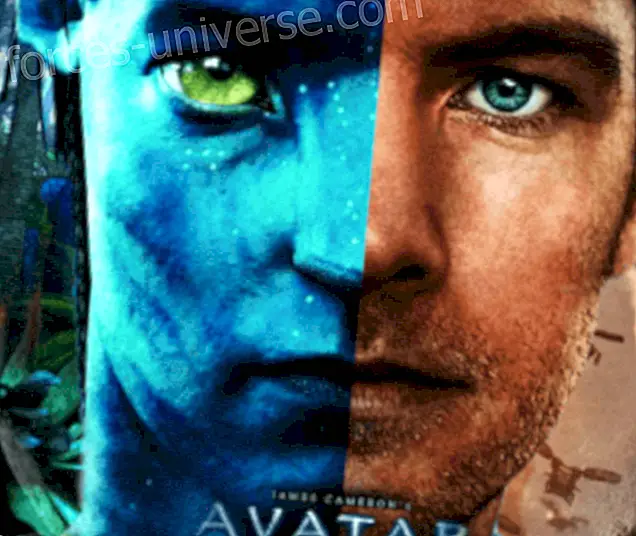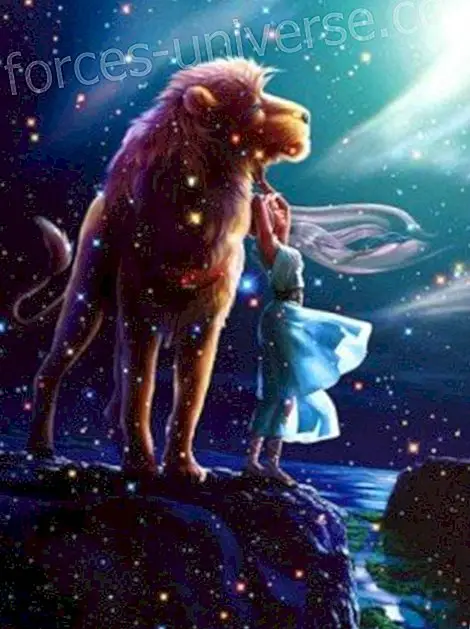Bulletin # 98, Bulletin Multi-culturality Contribution of native peoples Part I
- 2010
 We thank Jo o Batista from Almeida Sobrinho from Brazil and Germana Hatrick from Argentina, for submitting this interesting article on multiculturalism.
We thank Jo o Batista from Almeida Sobrinho from Brazil and Germana Hatrick from Argentina, for submitting this interesting article on multiculturalism.
Jo o is a history teacher and therapist. img
Contact: João Almeida Sobrinho,
Reviewed by: Germana Hatrick,
Thank you so much for sharing! Muito legal!
(Excerpts)
A dynamic process
From the approach of holistic education, talking about indigenous education is not about talking about something common and static, but it implies talking about a dynamic process that is constantly changing, which encompasses traditional knowledge and wisdom in deep expansion and in connection with mother earth and in peace with the entire universe. And also to address community education, indigenous education is an example to consider.
Brazilian thinker Leonardo Boff helps us think about the praxis of indigenous education to sustain an ethic of caring for others. (See “ethics of care” that focuses on the defense of life, of solidarity, peaceful relations between human beings and with other beings of nature).
Arhuacos and Koguis
About three years ago, at the end of 2006, early 2007 I was investigating the Guajiros Indians, who live in the Peninsula of La Guajira (Colombia). As I was waiting to reach the Sierra de Santa Marta (Colombia), also known as La Sierra Nevada, I stopped on the subject. I discovered that the Arhuacos and the Koguis defend themselves by practicing their ancestral knowledge (spirituality, the cultivation of some plants and a system of reciprocity among their communities). The Koguis considered the mother as a separate being and professed a particular cult. As far as that is concerned, I have read a proverb taken from his mythology that said:
“First there was the sea, everything was dark. There was no sun, no moon, no people, no animals, no plants. The sea was everywhere. The sea was not people, nothing, nothing. She (the sea, the mother's womb) was spirit of what was to come, and she was thought and memory. ”
Indigenous peoples are bequeathing the future
Something apparently contradictory occurs. While the idea that indigenous peoples are part of the past and have been globally surpassed by the current historical moment is being disseminated, an extremely powerful current that works silently and highlights everything that has been the contribution of the past is reinforced and from the present of the indigenous peoples, from 1492 until today. And as if this were not enough, this intercultural, inter-spiritual, inter-scientific, inter-philosophical, inter-artistic current, indicates a series of contributions that indigenous peoples are already bequeathing to the future.
The spirituality of indigenous peoples is not clientelist, proselytizing. There is no interest of any indigenous people for other peoples to assume their religiosity. They are not therefore extensive spiritualities but intensive, of coexistence, that belong to each people to strengthen their way of life and their alliance with Nature.
The 13 Grandmothers

13 grandmothers
On October 11, 2004, thirteen indigenous grandmothers from various parts of the planet gathered in northern New York. They gathered there in response to the signs that indicated the time had come announced in ancient prophecies common to several of their traditions. These prophecies said that a time would come when they would be called to join, and that this meeting would open a new era for Mother Earth and all its inhabitants. During those few days, sown with hope and joy, the grandmothers agreed to form a global alliance to work together in the service of their common goals: prayer, education and healing for Mother Earth, working for all its inhabitants and all children of the next seven generations. This alliance was concretized through the creation of the International Council of the 13 Indigenous Grandmothers. (See: www.consejo13abuelas.es, www.arboledadegaia.es and Pedagooogia 3000, the book, page 367).
The political balance of the universe
Inter-culturality and inter-scientific dialogue today suggest that the spirituality of indigenous peoples is not a kind of obscurantism that opposes the light of science and different civilizations. On the contrary, every day the same Western science proves that the spirituality of indigenous peoples enriches the dialogue of civilizations, inter-philosophical dialogue, inter-scientific dialogue, inter-artistic dialogue, inter-linguistic dialogue, generating a global rethinking of all the fundamentals of knowledge for a better understanding of human problems such as those related to peace with justice, forms of democratic participation, cultural democracy as the basis of political, economic and social democracy, environmental balance, the political balance of the universe and so many others.
Unity in diversity
As an example of “Unity in diversity, ” we ask permission from the Otomí brothers to cite Pedagooogía 3000, on pages 360-362, the proposal and practice called “Dänguu Mfädi or Indigenous University: The Great House of Wisdom Ancestral of the Eagle and the Condor ”. The International Indigenous University of the Otomí people of Mexico is a project that emerged in response to the ideals of the Elder Sages of the indigenous peoples who dreamed of having their Great House of Knowledge, in order to recover the wisdom of their ancestral origins and with it contribute to the harmonization of humanity with nature. The University aims to be a place not only material where men and women of all races of the Earth learn to live in Unity with their own heart, with nature, with other human beings and with all the elements that make up this wonderful Universe.
Contact:

Photo: Thaayrohyadi summoning the hearts of the people
www.universidadindigena.org
By João Batista de Almeida Sobrinho - Prof. of History
Reviewed by Germana Hatrick - Foreign Language Prof. - English
Photos taken from:
www.consejo13abuelas.es
http://api.ning.com






